Maharishi Peach
$ 13.99
Jim and I were on our belated honeymoon in The Bahamas in February 1965, which coincided with Ruth's 5th birthday on 15th and George Harrison's 22nd birthday on 25th, which we celebrated at a private home of one of their insider's on the island. George had already become interested in Indian culture, music and philosophy, and each of the Beatles was given a book on the subject at his birthday party. The German Chef at our hotel made a special cake for Ruth, andhe got the message slightly wrong when he iced: "Happy Birthday Ruth, Jah, Jah, Jah, but we all knew he meant "Yeah, Yeah, Yeah.'
George's celebration was a bigger one, which Jim, Ruth and I, along with George's buddies and Management folks attended, as the Beatles were there filming HELP! I’m excited to be part of a 50th year celebration of the ski scenes in HELP in Obertauren in March of 2015. and proud to present a new flavor of Maharishi Peach tea, which takes me back to that happy time.
INFORMATION:
If you can think of a fruit combination that sounds juicier, more delicious, or more sumptuous than peach apricot, please let us know. And evidently we aren't the first to hold that opinion. In China, archaeologists working during the time of Chairman Mao discovered evidence of people enjoying apricots and peaches together at least 4000 years ago. From those ancient times, both fruits eventually made their way westward in the form of cuttings and seedlings, traveling via Persia to the Mediterranean regions of Italy and Spain. In Italy, both fruits flourished and rose in such popularity that they became noted favorites of various rulers of the Roman Empire. So what makes the fruits go so well together? The key is in their delicate, intensely sweet flavor profiles. The characters of both fruits together blend into a harmonious explosion of citrus-y goodness. And what makes them blend so well with a high grown Ceylon tea? The answer to that question is the natural acidity, and astringent qualities of both. Try a cup for yourself and discover what makes this one of our most special flavored teas. Peach and apricot - 4000 years of history can't be wrong!
What type of tea do we use, how do we flavor the tea and why do we use natural flavors?
Firstly... we only use high grown teas from the top 3 tea growing regions of Sri Lanka - Nuwara Eliya, Dimbula and Uva. These three high-grown districts produce flavorful teas that have classic 'Ceylon' tea character which is noted by floral bouquet and flavor notes, touches of mild astringency, bright coppery color and, most importantly - perfect for use as the base tea of our flavored teas. (We have tested teas from various other origins around the world as base stock for our flavored teas, but none of these teas made the grade.) Dimbula and the western estates of Nuwara Eliya have a major quality peak during Jan/Feb, whereas Uva and the eastern estates of Nuwara Eliya have their peak in July/Aug. This 'dual peak period' allow us to buy the best for our flavored tea blends several times during the year, ensuring top quality and freshness.
Secondly... we use flavoring oils not crystals to give the tea drinker an olfactory holiday before indulging in a liquid tea treat.

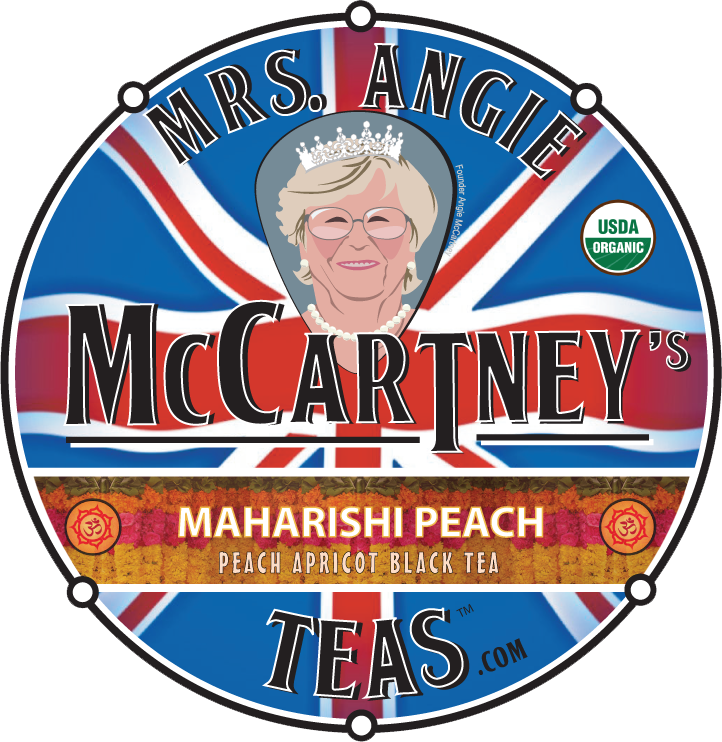
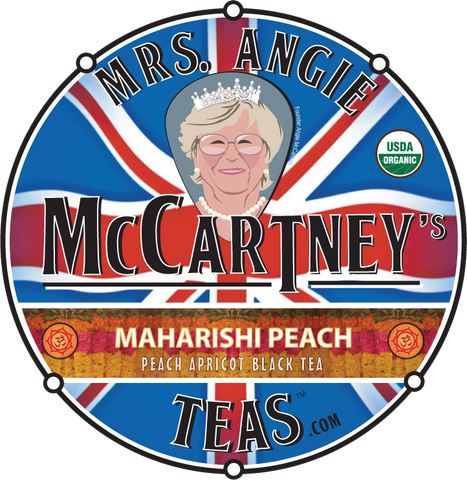
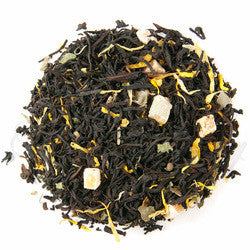
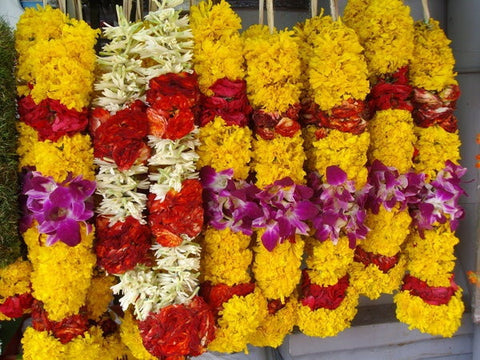
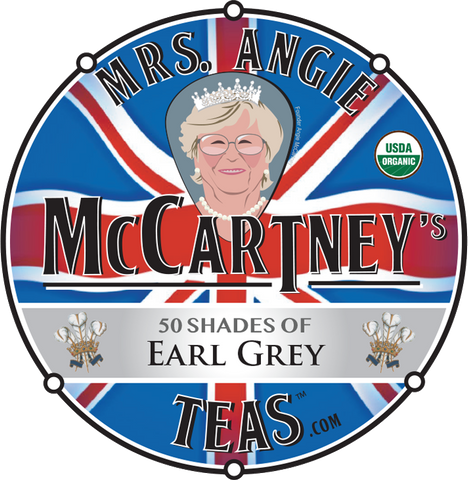
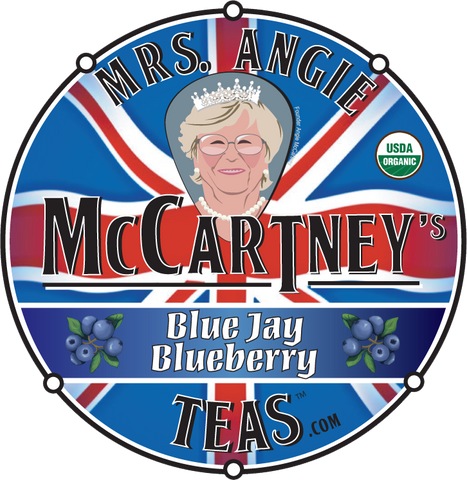

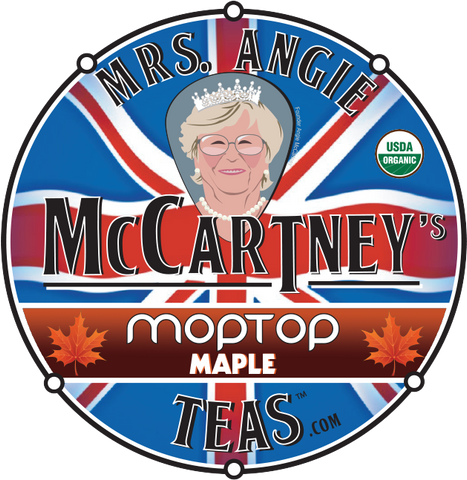
Share this item: